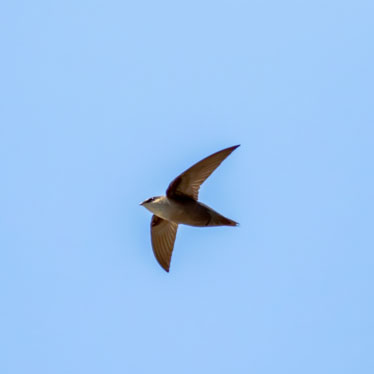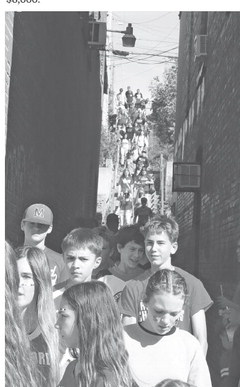Help count migrating chimney swifts when they roost


Volunteers are asked to participate in Swift Night Out, to count chimney swifts, between mid-August and early September. Monitoring chimney swift populations helps identify important roost sites and f...



